According to the Zimbabwe River Authority (ZRA) which is in charge of water usage at Kariba, gauging stations stationed at various positions show that water inflows coming into Kariba Dam are at a 13 year old high.
A notable increase in the Zambezi River flows was recorded at the Chavuma Gauging Station, increasing by as much as 3 159 m3/s between the 7th and 21st February 2020, an indication of intense run-off from the rainfall received in the area around the Zambezi headwaters.
ZRA’s chief executive Engineer Munyaradzi Munodawafa
Apparently the Zambezi hasn’t seen this much inflows since the 2006-7 season from 13 years ago. However this does not mean that the current depressed generation capacity is going to see an improvement.
It is worth noting, however, that despite the increase in rainfall activities in the Kariba catchment area, there has been no significant rise in the Kariba Lake levels. Therefore, generation capacity remains constrained.
As at 21st February 2020, the recorded lake level at Lake Kariba was 4 77,01m, with 10,4 per cent or 6,7 billion cubic meters (BCM) of usable storage.
However, this recorded volume of stored usable water is 76 per cent lower than that recorded on the same date last year (a lake level of 481,41m with usable storage of 27,5BCM of storage or 42,4 per cent live storage).
Eng Munodawafa
ZRA’s rationing means that there is 220 billion cubic metres of water available for power generation resulting in roughly 550Mega Watts which Zimbabwe and Zambia have to share equally translating to 225 MW from Zimbabwe.
This means that even with Hwange operating at full capacity Zimbabwe is not even able to generate half of the the power it needs. Resulting in expensive imports.


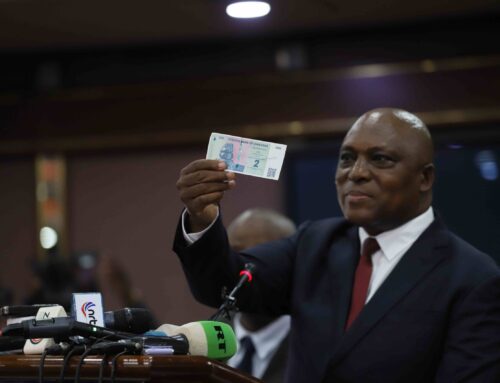
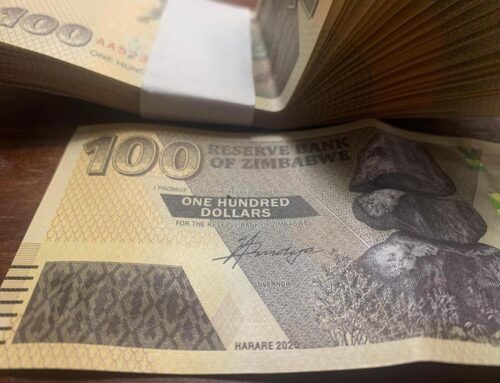
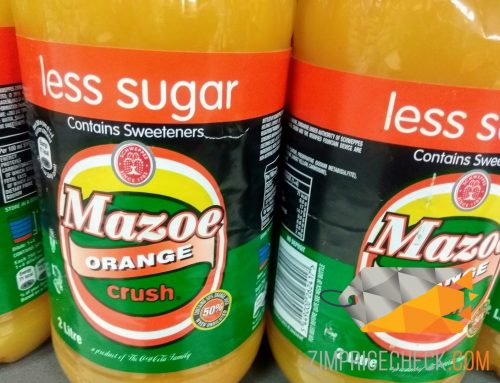
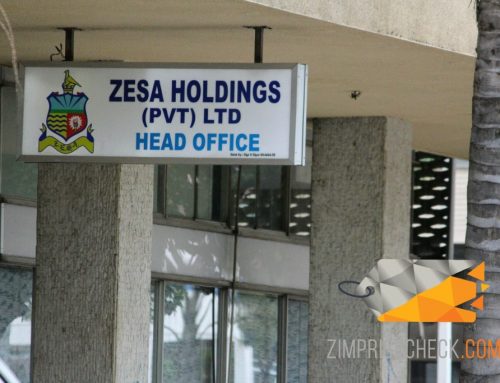
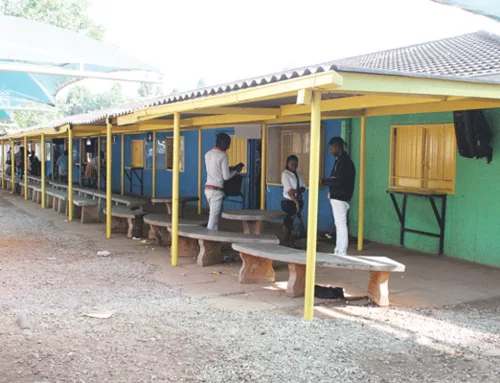
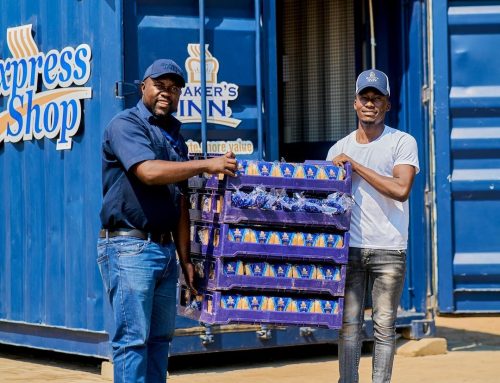

Leave A Comment